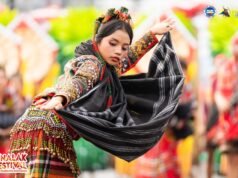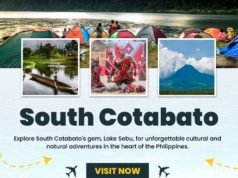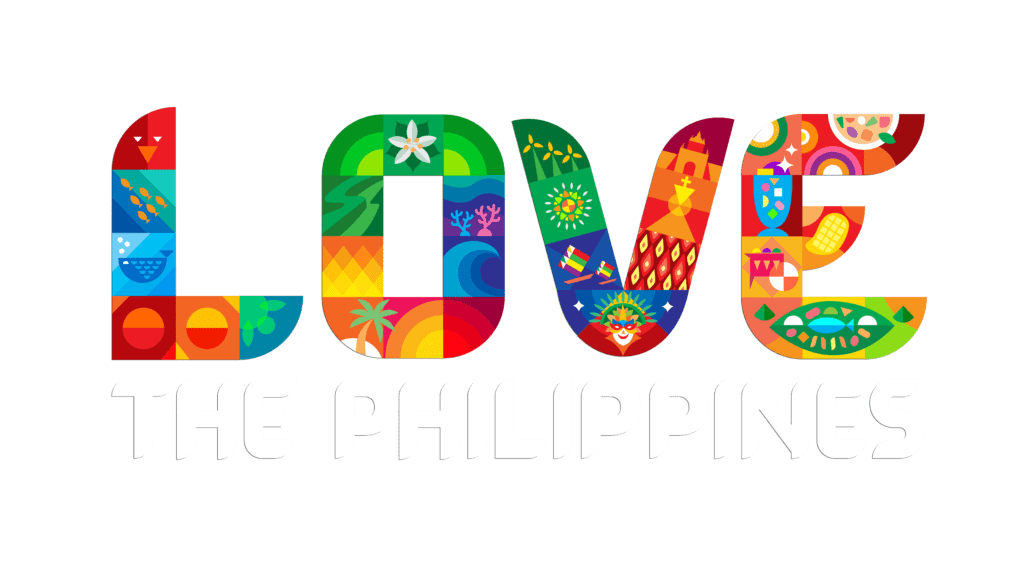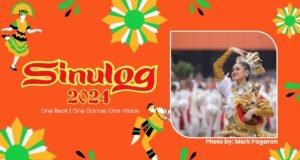Dinagyang Festival
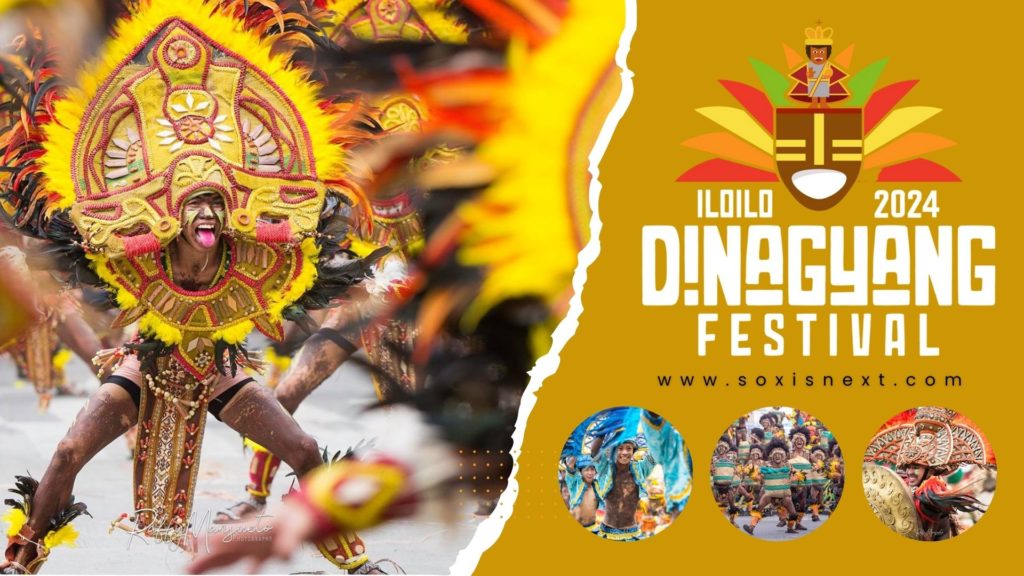
Welcome to a journey through one of the Philippines‘ most vibrant and spirited celebrations, the Dinagyang Festival in Iloilo City. Known for its rhythmic drum beats, colorful parades, and passionate street dancing, this festival is not just an event; it’s a cultural extravaganza that showcases the rich heritage and lively spirit of the Filipino people.
In this comprehensive guide, we’ll dive into everything that makes the Dinagyang Festival a must-visit occasion. From the echoing beats of the drums to the mesmerizing dance performances, we explore the soul of Iloilo City, brought to life during this annual celebration. Whether you’re a first-time visitor or a returning enthusiast, this guide promises to equip you with all you need to know to fully immerse yourself in the Dinagyang experience.
We’ll start with a glimpse into the history of the Dinagyang Festival, uncovering how it evolved from a small religious gathering into the grand street spectacle it is today. Understanding its origins will give you a deeper appreciation of the traditions and ceremonies you’ll witness.
Next, we detail the full schedule of activities, ensuring you don’t miss out on any of the festival’s highlights. From the main events to the lesser-known yet equally captivating side shows, we’ve got you covered. We’ll guide you through the maze of streets filled with dancers, artists, and food vendors, helping you experience the festival like a local.
And speaking of local experiences, no guide to the Dinagyang Festival would be complete without delving into the gastronomic delights of Iloilo. We’ll point you to the best spots to savor local dishes that are as vibrant and diverse as the festival itself.
Finally, our travel guide section will provide you with practical tips to make your journey to and stay in Iloilo as enjoyable and hassle-free as possible. From accommodation options to transportation advice, we ensure you’re well-prepared to join in the festivities.
So, whether you’re here to witness the spectacular dances, indulge in the local cuisine, or simply soak in the energetic atmosphere, our guide to the Dinagyang Festival is your gateway to an unforgettable cultural experience. Let’s embark on this exciting adventure together!
What is the Dinagyang Festival?
The Dinagyang Festival is more than just a yearly event; it’s a pulsating heartbeat of Iloilo City, Philippines. Renowned for its grandiose parades, spirited dances, and religious fervor, the festival transforms the city into a vibrant canvas of culture, faith, and tradition.
Historical Background
Origin and Evolution of the Festival
The roots of the Dinagyang Festival lie in the religious devotion to the Santo Niño (Infant Jesus). Initially, it started as a simple feast day, observed in the 1960s, when a replica of the Santo Niño was brought from Cebu to the San Jose de Placer Church in Iloilo. The event marked the beginning of the festival, initially known as “Iloilo Ati-Atihan,” inspired by the Ati-Atihan Festival in Aklan.
However, Dinagyang’s identity began to take shape in the following decades. It transformed from a modest religious event into a more elaborate celebration. The festival’s name was changed to “Dinagyang” in 1977, a word that loosely translates to ‘revelry’ or ‘merrymaking’ in Hiligaynon, the local language. Since then, the festival has grown in scale and grandeur, incorporating more elements of street dancing, music, and cultural showcases.
Religious Significance and Local Beliefs
At its core, Dinagyang remains a religious celebration, honoring the Santo Niño and the Christianization of the locals. The festival is deeply intertwined with the faith and devotion of the Ilonggo people, who see it as a way to express their gratitude and reverence to the Holy Child. The main religious event is a solemn procession of the Santo Niño, which culminates in a vibrant, faith-filled spectacle. The blending of Christian beliefs with indigenous Ati culture is a testament to the Philippines’ rich cultural tapestry.
Dinagyang Today
In the present day, the Dinagyang Festival stands as a symbol of unity, art, and resilience. It occurs on the fourth Sunday of January, turning Iloilo City into a whirlwind of activities.
Evolving Celebrations
Today’s Dinagyang is a far cry from its humble beginnings. It’s now recognized as one of the Philippines’ most prestigious and grand festivals, drawing tourists from all corners of the globe. The festival features several key components:
- Ati Tribe Competition: The highlight of Dinagyang, where tribes dressed in colorful costumes and body paint perform dynamic dances to the rhythm of drums.
- Kasadyahan Cultural Parade: A showcase of various cultural dances by different regions, highlighting the rich heritage of the Visayas.
- Miss Dinagyang: A beauty pageant that celebrates not only beauty but also the intelligence and cultural understanding of the participants.
- Religious Sadsad: A public devotion to the Santo Niño, featuring communal dancing and prayer.
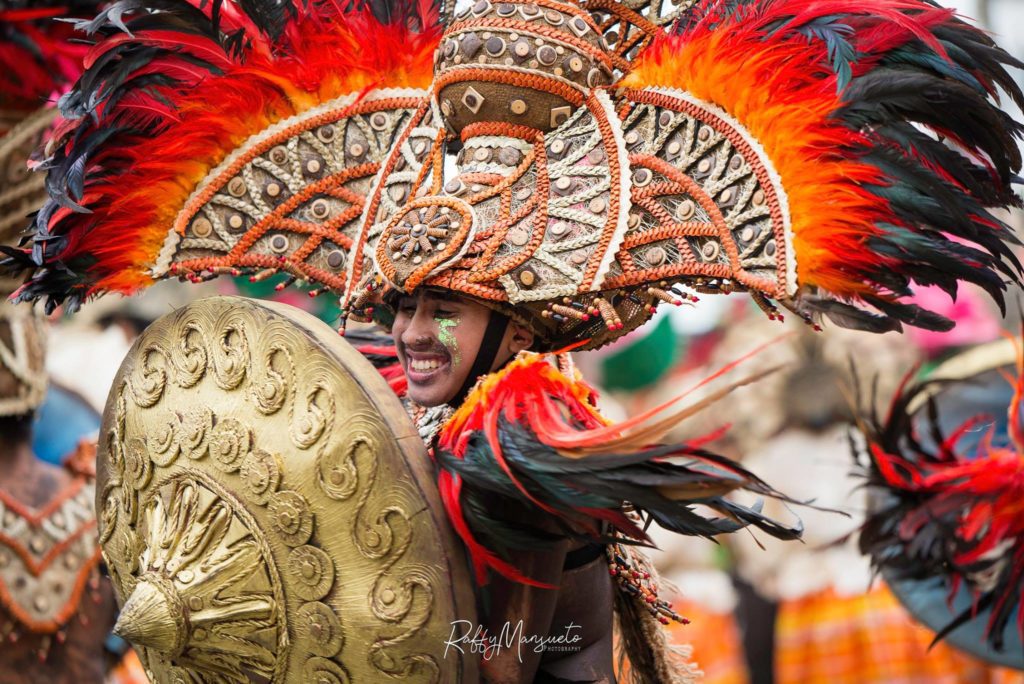
Cultural and Social Impact
Dinagyang is not just a tourist attraction; it’s a vital part of Iloilo’s cultural identity. It provides a platform for local artists to showcase their talents, stimulates the local economy, and fosters a sense of pride and community among the Ilonggos. It has also become a venue for social and political commentary, with performances often reflecting current events and issues.
Dinagyang Festival is a dynamic and multifaceted event that offers a window into the soul of Iloilo. It’s a celebration where faith, culture, and community converge, creating an experience that’s as enriching as it is entertaining.
Dinagyang Festival 2024 Schedule
| Date | Time | Venue/Location | Activities |
|---|---|---|---|
| October 20, 2023 | 4:00 PM | SM City Iloilo | 100-day Countdown to Dinagyang Festival 2024 |
| December 13, 2023 | 1:30 PM | SM City Iloilo | Kasadyahan sa Kabanwahanan Launching |
| December 16, 2023 | 6:00 AM | San Jose Parish Placer | Pamukaw |
| January 12, 2024 | 3:00 PM | Iloilo Freedom Grandstand | Opening Salvo |
| January 13, 2024 | 7:00 PM | Iloilo Convention Center | Miss Iloilo Coronation Night |
| January 20-21, 2024 | TBA | TBA | Iloilo Arts and Music Festival |
| January 24, 2024 | 1:00 PM | Main Streets of Iloilo City | Motorcade of Senor Santo Nino de Cebu |
| January 25-28, 2024 | Downtown Area | Dinagyang Food Festival | |
| January 26, 2024 | 1:00 PM | Iloilo River – Downtown | Fluvial and Solemn Foot Procession |
| January 26, 2024 | 6:0 | Ayala-SM-Megaworld | Dinagyang ILOmination Streetdance Competion & Floats Parade of Lights |
| January 27, 2024 | 8:00 AM | Downtown Area | Sadsad sa Calle Real |
| January 27, 2024 | 8:00 AM | Downtown Area | Festive Parade of Sponsors’ Mardi Gras |
| January 27, 2024 | 1:30 PM | Downtown Area | Kasadyanhan sa Kabanhawanan |
| January 27, 2024 | 7:00 PM | San Jose Parish Placer | Grand Religious Sadsad |
| January 28, 2024 | 6:00 AM | San Jose Parish Placer | Concelebrated High Mass |
| January 28, 2024 | 8:00 AM | Downtown Area | Dinagyang Tribes Competition |
| January 28, 2024 | 7:00 P | Iloilo Freedom Grandstand | Awarding Ceremony |
Experiencing the Dinagyang Festival
Schedule of Activities
- Key Dates and Events: The Dinagyang Festival is packed with events that span several days, each offering a unique glimpse into the culture and festivities. Key events include the Opening Salvo, religious processions, and various cultural shows.
- Day-by-Day Breakdown: A detailed day-by-day breakdown will help visitors plan their festival experience effectively, ensuring they don’t miss the highlights, including street dances, cultural performances, and the main parade.
The Street Dances
- Description of Dance Performances: The street dances are a central feature of Dinagyang, characterized by energetic performances, elaborate choreography, and vibrant storytelling through dance. These performances depict historical and cultural narratives.
- Significance of Costumes and Music: Costumes in Dinagyang are not just visually stunning but also culturally significant, often reflecting indigenous traditions and stories. The music, primarily drum-driven, adds to the festival’s dynamic atmosphere, creating an immersive experience.
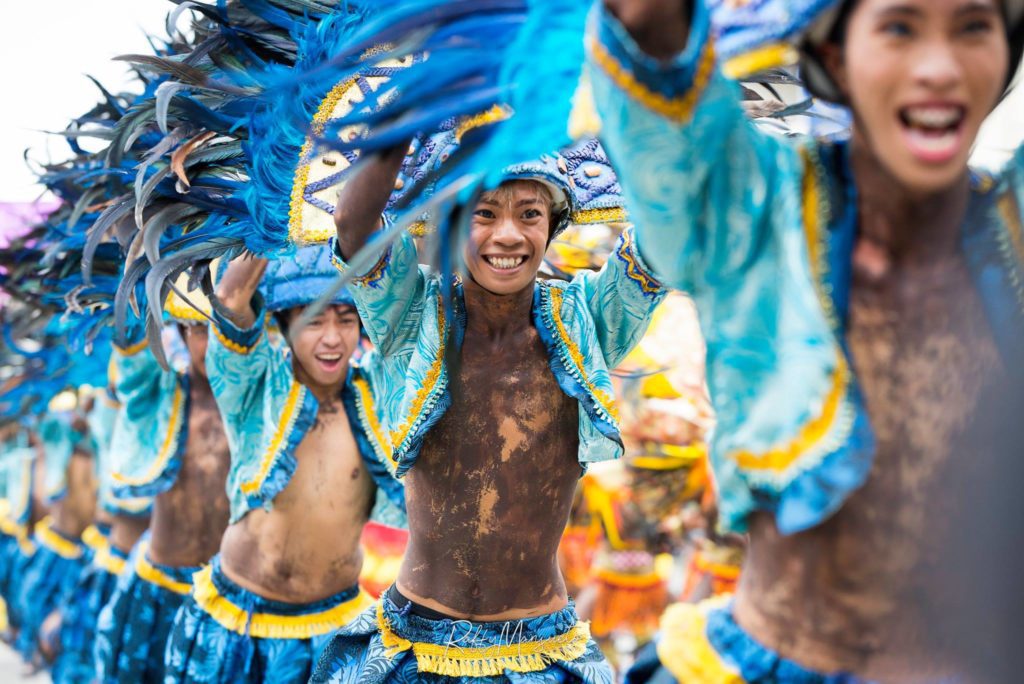
Other Festival Highlights
- Cultural Shows and Contests: Beyond the main parades, the festival hosts various cultural shows and contests, including traditional music competitions, beauty pageants, and art exhibitions, showcasing the diverse talents of the local community.
- Art Exhibitions and Local Crafts: Art exhibitions and displays of local crafts offer a quieter, yet equally enriching, aspect of the festival, highlighting the artistic skills and cultural heritage of the Ilonggo people.
Gastronomy and Street Food of Iloilo During Dinagyang
Local Delicacies
- Popular Dishes and Where to Find Them: Iloilo is renowned for its culinary delights, with dishes like La Paz Batchoy, Pancit Molo, and fresh seafood. These can be found at local eateries and street food stalls, especially in areas like La Paz Market and along the streets during the festival.
- Street Food Experiences: The festival is an ideal time to experience street food, offering everything from grilled meats to sweet delicacies. Food stalls are a festival staple, providing an authentic taste of Iloilo’s street food culture.
Dining Recommendations
- Best Restaurants for Local Cuisine: For a more upscale dining experience, Iloilo boasts restaurants that serve traditional dishes with a modern twist. Recommendations include eateries in the city center and along the river esplanade.
- Food Markets and Festivals: The Dinagyang Food Festival and local markets are must-visit spots for food enthusiasts. These venues offer a wide range of dishes and a lively atmosphere, perfect for experiencing the local food scene.
The History Behind Dinagyang Festival
Cultural and Religious Roots
- The Story of the Santo Niño: The Dinagyang Festival has deep religious roots centered around the Santo Niño (Holy Child Jesus). It symbolizes the Christianization of the Philippines, particularly the locals of Panay Island.
- Influence of Spanish Colonization: The Spanish colonization significantly influenced the festival, intertwining indigenous rituals with Christian beliefs, leading to the unique blend of cultural festivities seen today.
Evolution of the Festival
- Major Historical Milestones: Dinagyang started as a small religious event and evolved into a major cultural festival. Key milestones include its inception in the 1960s and the formal naming of ‘Dinagyang’ in 1977.
- Changes in Celebrations Over the Years: Over the years, the festival has expanded beyond religious rituals to include cultural dances, music, and art, reflecting the dynamic history and evolution of Ilonggo culture.
Planning Your Trip to the Dinagyang Festival
Travel Essentials
- Best Times to Visit: The festival typically occurs in January, with peak activities happening towards the end. Planning your visit around the main events can enhance your experience.
- Accommodation Options: Iloilo offers a range of accommodations from luxury hotels to budget-friendly options. Booking in advance is highly recommended due to the influx of tourists during the festival.
Getting Around in Iloilo
- Transportation Tips: Public transportation, such as jeepneys and taxis, are available, but be prepared for traffic delays during the festival. Renting a car or using ride-hailing services are also viable options.
- Navigating the Festival Area: The festival can lead to road closures and crowded streets. Familiarizing yourself with the festival layout and having a map can be helpful.
Tips for First-Time Visitors
- Safety and Health Tips: Stay hydrated, use sun protection, and be mindful of your belongings in crowded areas. It’s also advisable to know the location of medical facilities.
- Cultural Etiquette and Practices: Respect local customs and traditions, dress appropriately for religious sites, and be open to engaging with locals to fully embrace the festival spirit.
Beyond the Dinagyang Festival: Exploring Iloilo
Tourist Attractions in Iloilo
- Historical Landmarks and Museums: Iloilo is rich in history, with landmarks like the Miagao Church, a UNESCO World Heritage Site, and museums showcasing local history and art.
- Natural Attractions and Beaches: The region offers stunning natural landscapes, including pristine beaches and scenic countryside, perfect for relaxation and adventure.
Day Trips and Excursions
- Nearby Destinations: Explore nearby areas like Guimaras Island known for its sweet mangoes, or visit heritage sites in neighboring towns.
- Guided Tours and Packages: Consider guided tours for a more structured exploration of Iloilo’s attractions, often including historical sites, local cuisine tasting, and nature trips.



